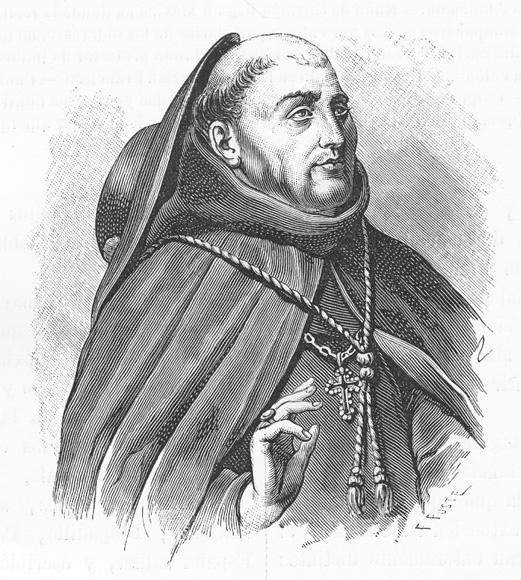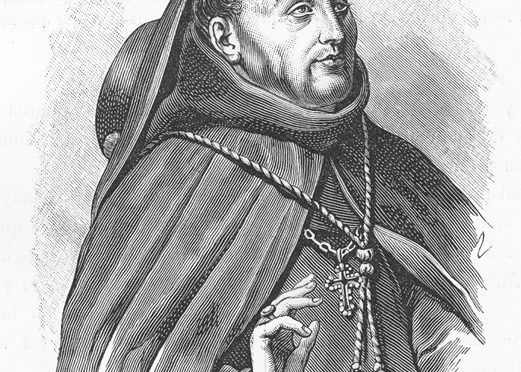Basques, with their adventurous spirit and ambitions for a better life, were key players in the conquest and history of the Americas. Reminders of that history are everywhere, from the names of towns (Durango, Colorado and the state of Durango in Mexico) to some of the most influential figures in American history, such as Simón Bolívar. One of the most prominent Basques in the history of the Americas was Juan Zumárraga, the first bishop of Mexico. Not only was he a defining religious leader, but he is also the author of one of the oldest letters written in Basque that has reached us to modern day.

- Zumárraga was born in Durango, Bizkaia, in 1468, some 24 years before Columbus first reached what would become the American continents. His parents, Juan López de Zumárraga y Teresa de Láriz y Muncháraz, were both from distinguished families. Not much is known about his childhood, but it seems he always kept a love and fondness for his native land.
- He was ordained as a Franciscan sometime around 1515, though the details are not clear, not even where his ordination happened. Some time in his mid-fifties, he secluded himself in the Monastery of Abrojo (near Valladolid) to practice a life of isolation. In 1526, he was appointed as guardian of the monastery, a position he held when Carlos V came for one of his vacations.
- He was soon appointed as an Inquisitorial Delegate to Nafarroa and the Vascongadas — the provinces of Araba, Bizkaia, and Gipuzkoa — recently shaken by the witchcraft phenomenon. In the summer of 1527 he moved to Nafarroa, but was almost immediately called to the Americas, and he embarked for Mexico in August 1527, after being appointed bishop. While his primary task was to organize the diocese of the capital of New Spain, he was also empowered as protector of the Native Americans.
- During his time as Bishop of Mexico (he was not consecrated until 1533), he faced many hardships, primarily in the struggle between the Spanish colonists and the Native Americans. While he was named their protector, he presided over the Inquisitorial Court until 1543 when he was dismissed due to his harshness with the “idolatrous” Natives. When the “new laws” prohibited, amongst other things, the enslavement of the Natives but would have led to the poverty of the colonists, he was part of the effort that led to a less strict interpretation that possibly avoided a civil war. It thus seems that his role as “protector” was mixed at best.
- It was also during this time that the visions of Our Lady of Guadalupe occurred. While Zumárraga was approached about the visions and investigated them, and is now associated with the event, it seems that, at the time, he did not believe the visions and did not promote them. However, they led to a huge increase in the number of Native Americans that wanted to be baptized, a situation that Zumárraga navigated.
- In many of his efforts, he had to confront an established Spanish colonial system that resisted change. All letters leaving New Spain were censored until he was finally able to smuggle a letter out with the help of a fellow Basque, who buried the letter in a cake of wax and submerged the whole thing in a barrel of oil. One of Zumárraga’s letters has received great attention as it is one of the oldest written documents in Basque.
- Zumárraga was also responsible for introducing the first printing press to the Americas; supporting the development of the Colegio de Santa Cruz de Tlatelolco, the first European school of higher education in the Americas; and establishing several hospitals. He is also credited for making chocolate a popular drink in Europe.
Primary sources: A Basque Historian’s Dilemma by Joxe Mallea-Olaetxe; Juan de Zumárraga, Wikipedia; Estornés Zubizarreta, Idoia. Zumárraga, Juan de. Enciclopedia Auñamendi, 2021. Available at: https://aunamendi.eusko-ikaskuntza.eus/es/zumarraga-juan-de/ar-152998/
Discover more from Buber's Basque Page
Subscribe to get the latest posts sent to your email.


